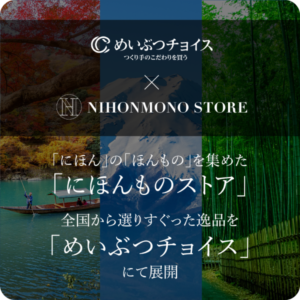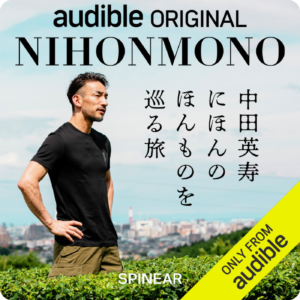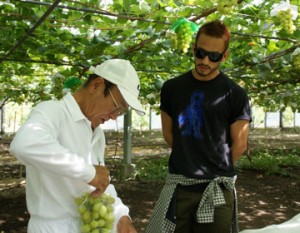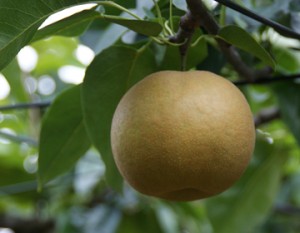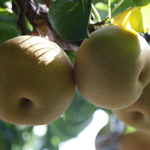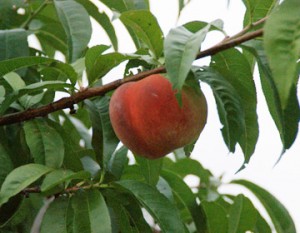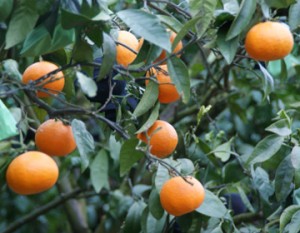Yamagata’s representative fruit, cherries
Yamagata is known for its cherries. Yamagata is so well-known for its cherries that it can be said that cherries are the most representative fruit of Yamagata. Of course, Yamagata ranks first in the nation in terms of both harvest and shipping volume. They account for about 70% of the market share.
Among the cherries of Yamagata, the kingdom of cherries, there is a man who is called a “master”. That is Mr. Kenichi Karube, whom we interviewed this time. The cherries that Mr. Karube grows with great care and attention are simply delicious. He says that there are many cherry farmers all over Japan who are fascinated by the taste and follow the example of his cultivation methods. That is why he is called a master.
On the day of the interview, it was raining. Rain is the natural enemy of cherries,” said Mr. Karube. Just a little exposure to rain can cause the cherries to crack, making them unusable as a product. Now they have a tent to protect them from the rain, but without it, the harvest sometimes coincides with the rainy season, and the farmers are always in a state of fear.

The popular Sato Nishiki and the powerful Beni Shuho
Sato Nishiki is the most famous variety of cherries, but at the time of the interview, the harvest of Sato Nishiki was over and the cherries on the trees were of the Benishuho variety. The Benishuho variety was on the trees. It is a larger variety than Sato Nishiki, and has a higher sugar content.
Mr. Karube picked one from the tree and handed it to Nakata to try. As soon as he put it in his mouth and took a bite, the color of Nakata’s face changed. It was so sweet that he could hardly believe it was a cherry. The sugar content was about 25 degrees, which was as sweet as a peach or melon. The thick flesh of the fruit is also irresistible.
The popular Sato Nishiki and the powerful Beni Shuho,” says Karube. It has a strong sweetness and low acidity. Of course, everyone has their own tastes, but I actually think it tastes better than Sato Nishiki. That’s why I think it’s such a challenging variety to produce as a professional.
Beni Shuho is one of the “Beni Series” varieties created at the Yamagata Prefecture Farm Experiment Station. Even before it was popularized, he fell in love with its taste and put a lot of effort into cultivating this variety.

Pruning cherries is an exciting process!
The most exciting part of cherry cultivation is pruning the cherries. When Nakata was asked what is the most important thing in growing cherries, he immediately replied, “Sunlight. Without sunlight, the cherries don’t taste good and their color doesn’t improve,” Karube replied.
The only work that can be done to ensure sunlight is pruning the branches. Karube says that pruning is the most interesting work because it is the only way to determine the flavor and color of the cherries.
The pruning really makes a difference,” he said. From the shape of the grapes to the taste, of course. That’s why it’s so interesting. I have to be very careful with the scissors so that the sun shines on the grapes. Interestingly, if you prune too quickly, the trees rebel.
Growing cherries with care
It sounded like he was talking to a human being. A cherry tree has a lifespan of about 40 years. Mr. Karube said that is “half the age of a human being. It takes seven to eight years to bear fruit. In human terms, that would make them about 15 years old. It would have been around the time when the tree had reached its prime. From then until the end of their life span of nearly 30 years, they are carefully pruned every year. And every year it produces delicious cherries. The word “nurture” is the perfect word.
Red Shuho cherries carefully grown by a cherry expert. We hope you will try them.

